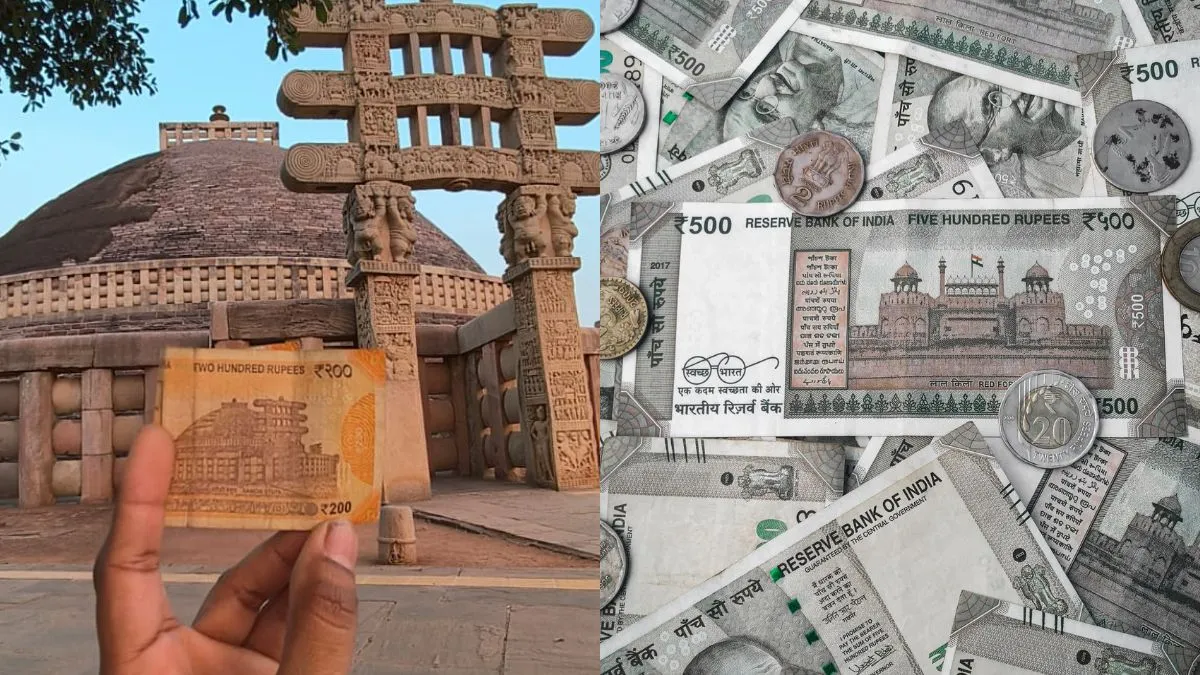- By Shailvee Tiwari
- Thu, 09 Jan 2025 12:54 PM (IST)
- Source:JND
Historical Monuments Printed On Notes: India, a land of stunning monuments and rich heritage, celebrates the diversity of its cultures, traditions, and religions. This diversity is even reflected in Indian currency, where beautiful monuments are printed on the reverse side of notes. Let’s explore these historical monuments and uncover the stories they tell.
Sun Temple On Indian Currency Of Rs. 10:
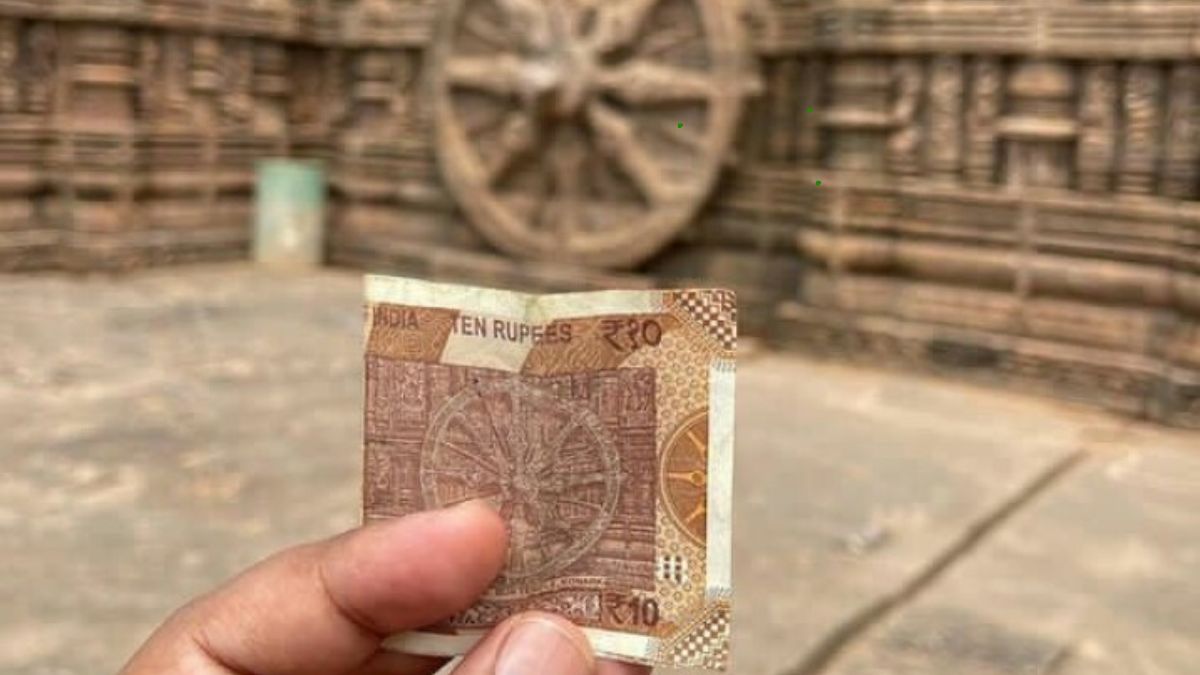
Image Credits: X\@LostTemple7
The Sun Temple in Konark, Orissa is a UNESCO World Heritage Site, designed as a chariot with 24 wheels and 7 horses representing time and days. It is featured on the reverse side of the Rs. 10 Indian currency note.
Ellora Caves On Indian Currency Of Rs. 20:
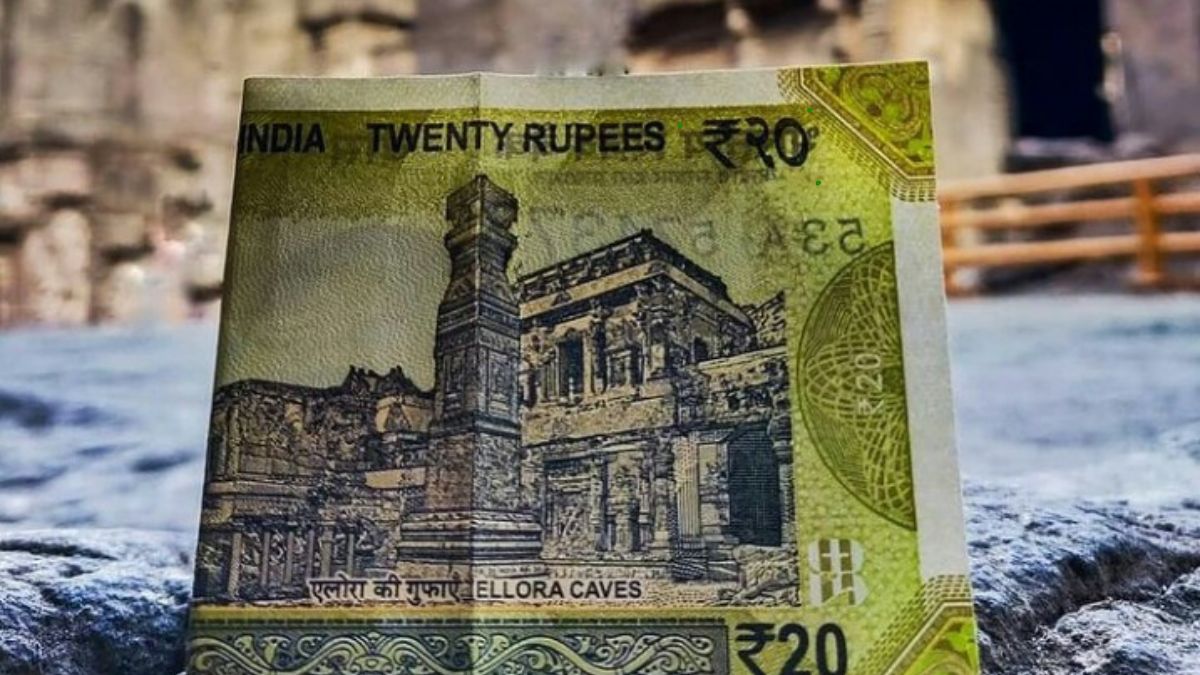
Image Credits: X\@desi_thug1
The Ellora Caves, a UNESCO World Heritage Site, have 34 rock-cut temples, including the famous Kailasa temple carved from one stone. These caves are printed on the back of the Rs. 20 banknotes.
Hampi On Indian Currency Of Rs. 50:
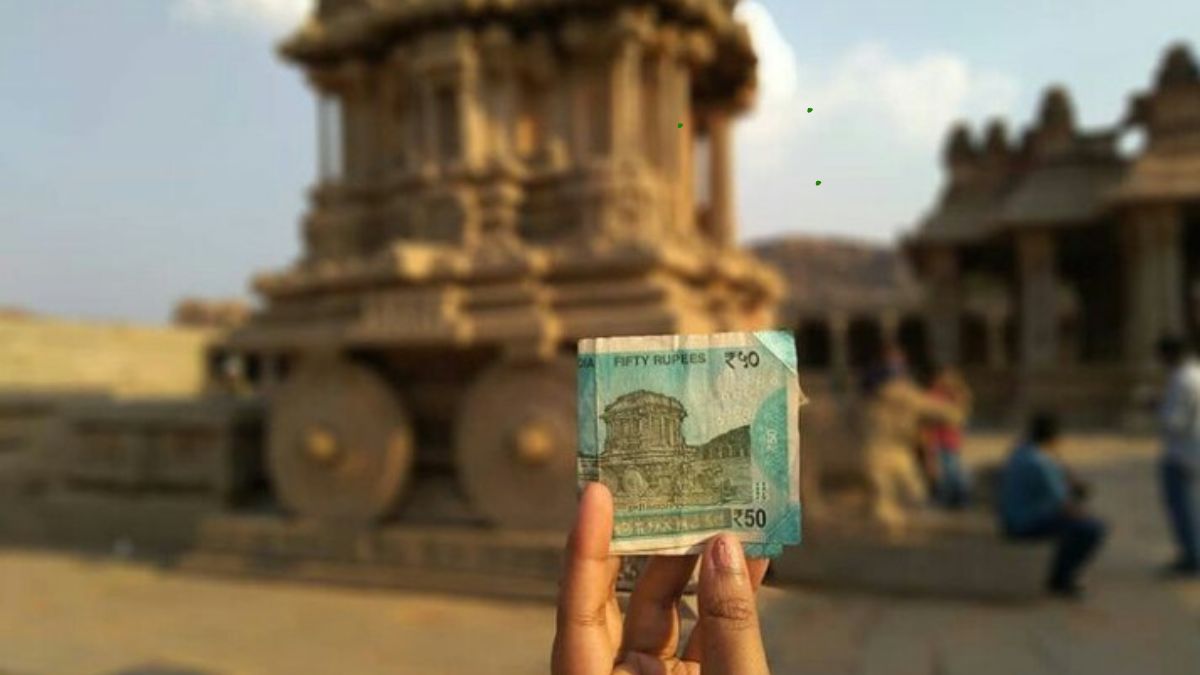
Image Credits: X\@desi_thug1
Hampi in Karnataka, is known for its 250 ancient monuments and temples. Once the capital of the Vijayanagar Empire and also a UNESCO World Heritage Site, it is featured on the reverse side of the Rs. 50 note.
Sanchi Stupa On Indian Currency Of Rs. 200:
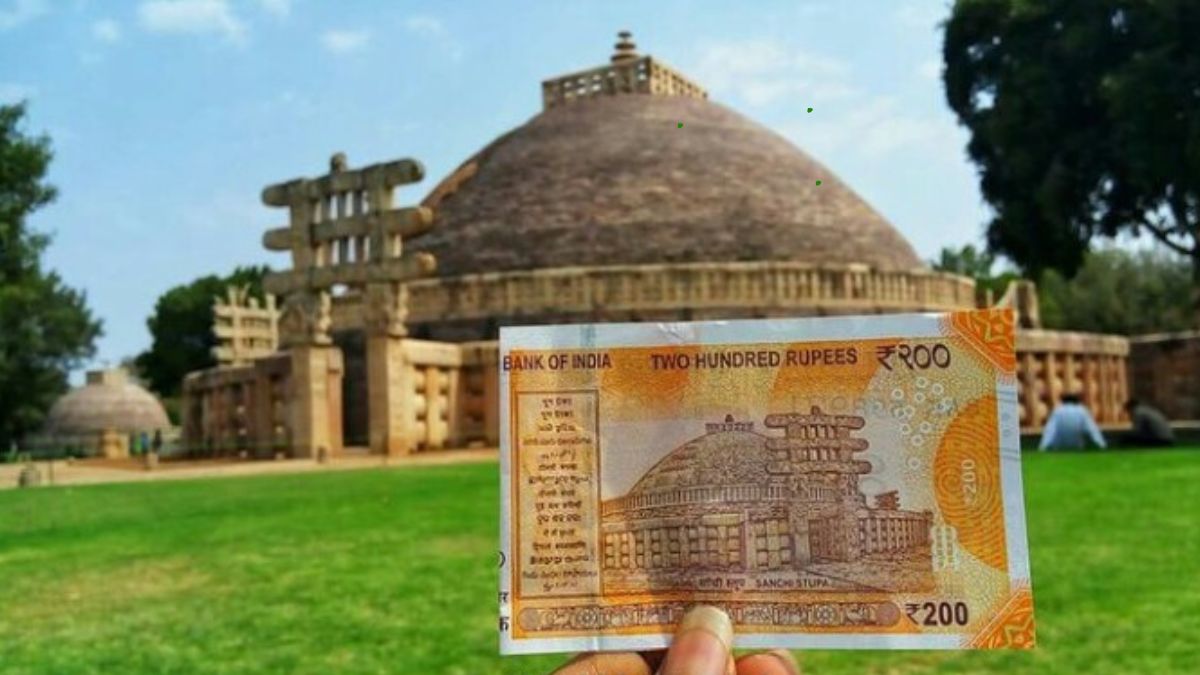
Image Credits: X\@desi_thug1
Sanchi Stupa, built by Emperor Ashoka in Madhya Pradesh, is one of India's oldest stone structures and a UNESCO World Heritage Site. It is featured on the reverse side of the Rs. 200 banknote.
Rani ki Vav On Indian Currency Of Rs. 100:
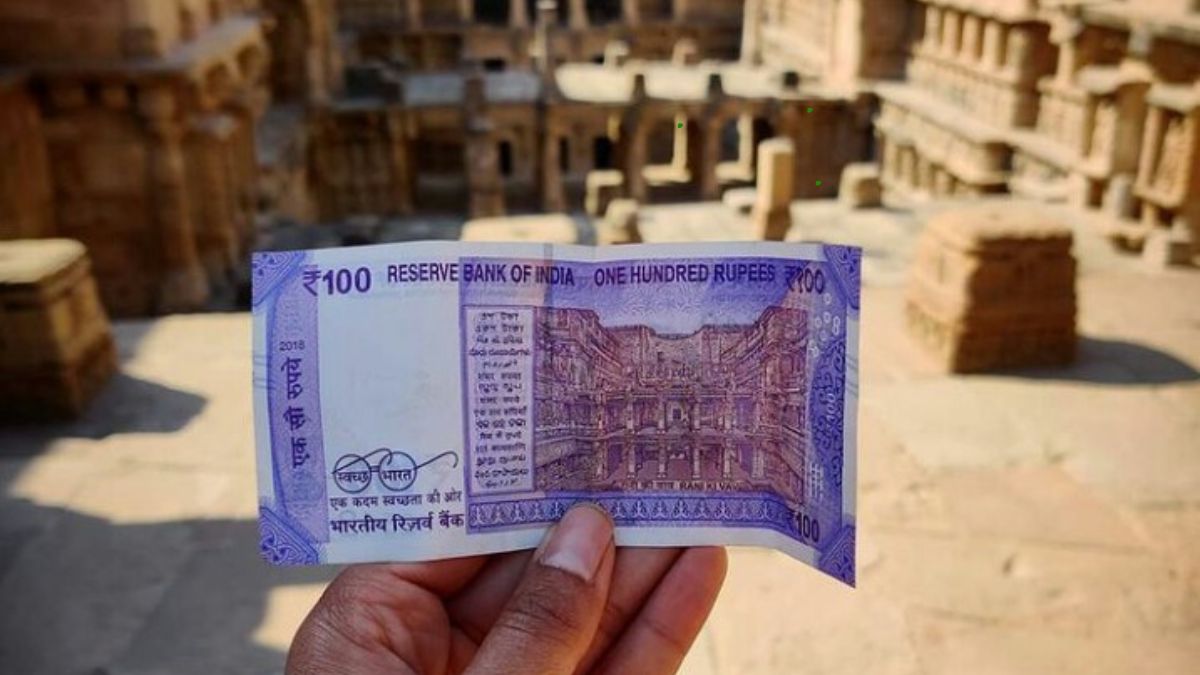
Image Credits: X\@desi_thug1
Rani Ki Vav, an 11th-century stepwell in Patan, Gujarat, has been a UNESCO World Heritage Site since 2014. It appears on the Rs. 100 banknote.
Red Fort On Indian Currency Of Rs. 500:
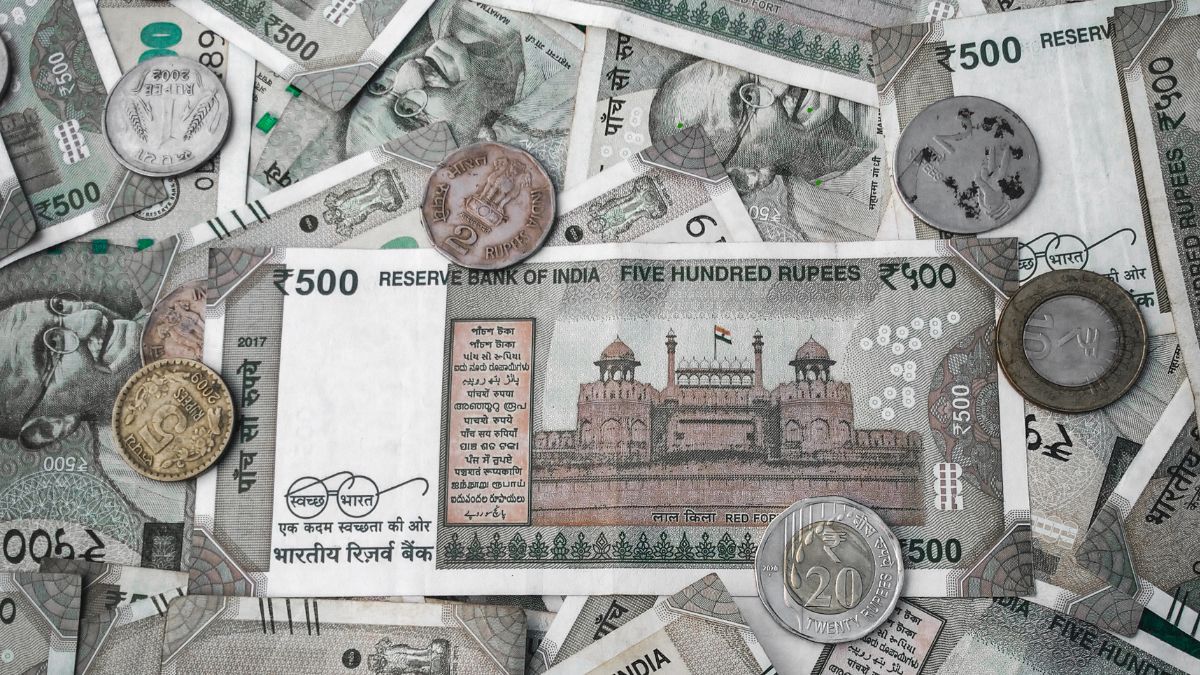
Image Credits: Canva
The Red Fort, built by Emperor Shah Jahan in 1639, is a UNESCO World Heritage Site in Delhi. It is featured on the Rs. 500 banknote.
ALSO READ: Viral Video: Pakistani Man Shares His Mother’s Brave Drive On Busty Road; Internet Is Impressed

